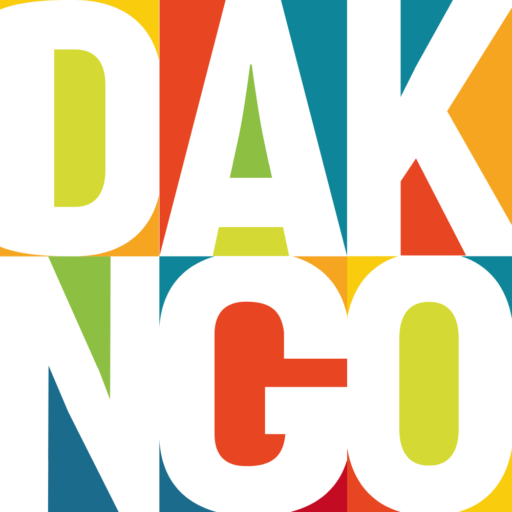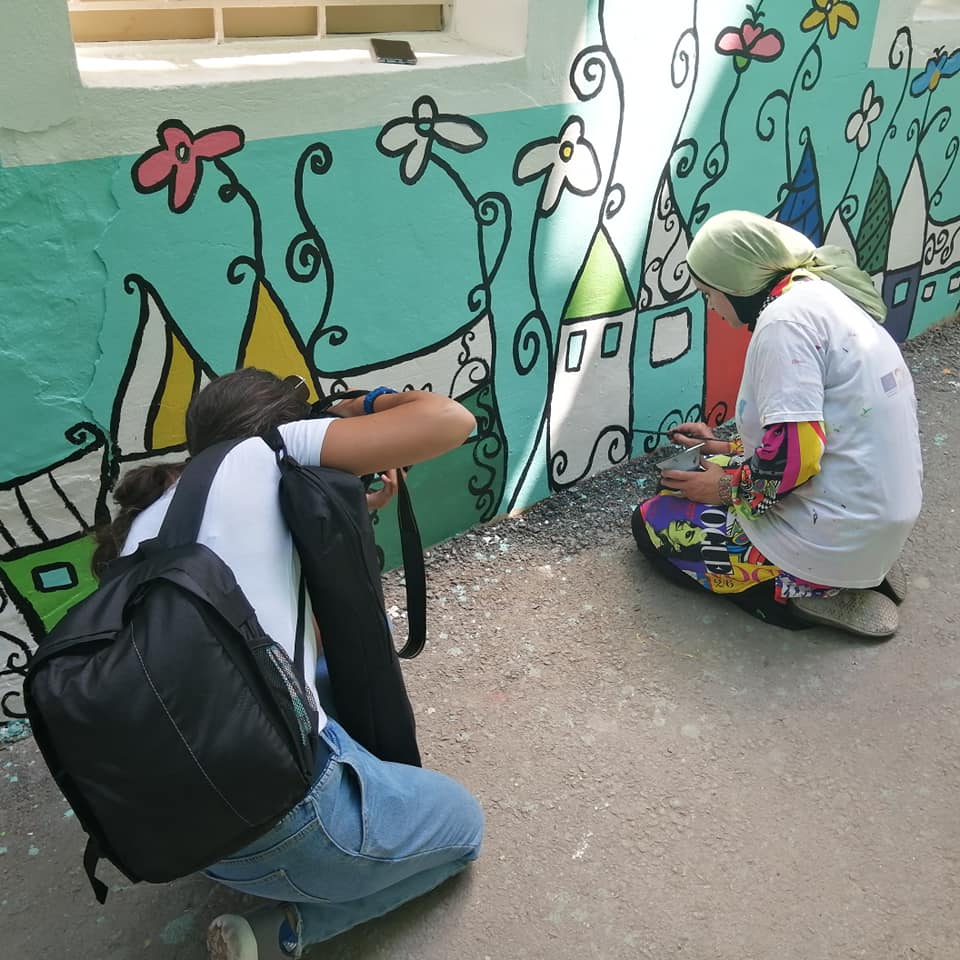Lebanon, a country in Southwestern Asia, has been facing multiple crises for years, including socio-economic, political, and war traumas. These crises have had a significant impact on the lives of its citizens, with high levels of unemployment, poverty, and insecurity. In such circumstances, one may wonder whether the arts and culture are relevant or valuable. However, in times of crisis, the arts and culture become even more critical for the well-being of society.
The arts and culture allow people to express themselves, make sense of their experiences, and heal from traumas. As such, they play a vital role in building resilience and fostering social cohesion in times of crisis. In Lebanon, artists and cultural institutions have been using their creativity to address their country’s challenges. For example, they have organized exhibitions, performances, and festivals reflecting the country’s past, present, and future.
According to UNESCO, the arts and culture have numerous benefits, such as promoting social inclusion, encouraging dialogue, and enhancing creativity and innovation. These benefits are significant in times of crisis, where they can help address some of the root causes of the crisis, such as social exclusion and inequality. As UNESCO Director-General Audrey Azoulay stated, “Culture is a vector of development and progress; it is an enabler of social cohesion, dialogue, and understanding, which are essential for the stability and resilience of societies.”
Moreover, the arts and culture have significant economic benefits. In Lebanon, the creative industries can contribute to economic growth and job creation. The United Nations Development Programme (UNDP) states in “The Contribution of Cultural and Creative Industries to the Lebanese Economy. Cultural statistics at the service of economic development” (2020) that “the Lebanese Cultural and Creative Industries (CCI) hold the greatest growth potential compared to other countries in the Middle East (…) – a major determinant of wealth creation in Lebanon between 2004 and 2015, contributing to 4.75% of GDP in 2015, or 2.3 billion USD according to the «Creative Economy Report 2010» published by UNESCO/UNDP [2010], a ratio comparable to that of the United States. In other words, the CCI contributes twice as much as agriculture to creating wealth in Lebanon and as much as the construction sector”. This highlights the potential of the arts and culture to provide income and livelihoods for people, particularly in times of economic hardship.
“However, it seems that this sector entered a period of stagnation followed by a recession in 2018, in line with the overall trend of the Lebanese economy, with zero growth rates until 2018 and negative growth rates from 2019 onwards, impacting some CCI sub-sectors more than others”.
Nonetheless, many artists and creative enterprises in Lebanon have also used their skills and resources to help their communities throughout the 2019 Revolution, the Covid pandemic, the aftermath of the Beirut port explosion, etc. They have been proving to their audiences and the general public that the arts and culture are not a luxury but a necessity, particularly in times of crisis.

